In this day and age, it is crucial to ensure you are doing your part to protect your information online. Criminals are constantly trying to uncover ways to obtain private and sensitive account information. While most companies, including Peak, have their own due diligence to protect your information, online security is a two-way street that requires measures on your part to ensure your information remains safe. Here we will discuss a few ways we recommend to protect you and your family’s information online.
Set Up Security Notifications
Most financial institutions have a feature that allows for you to enable notifications when certain activity occurs in your accounts. By turning on text or email notifications, you can monitor your accounts for suspicious activity. In the event unauthorized or fraudulent transactions are occurring, you will be alerted and be able to act quickly.
Enable Two-Factor Authentication
Many websites and mobile apps now offer two-factor authentication. This makes logging into personal sites more secure by requiring a second method of verification such as a one-time security code or face recognition. By enabling two-factor authentication wherever possible, this may dramatically reduce the risk of someone gaining access to your information as only you possess the device for the additional layer of verification. In the event a website does not offer two-factor, we usually recommend changing your password at a minimum of every six months. We require two-factor authentication on the Peak client portal to help ensure we are doing our part to protect our clients.
Create Unique Login Credentials
With the number of websites that require login ids and passwords, it can be tempting to use the same information for each website. However, that puts you at risk in the event one of your passwords becomes compromised. Avoid using personal details like your social security number, birth date, or other important numbers. Strong passwords are typically greater than 8 characters long and contain a mix on upper and lower-case letters, numbers, and symbols. Think about using a password manager to help create, maintain, and store your passwords so that you can differentiate passwords across important sites. Also, make sure you never share your passwords with anyone. Many financial institutions will void their guarantee of protecting your assets if they discover you gave your password to a relative or friend.
Be Careful with Public Access
While the world has normalized remote working, use caution when using public computers or networks for internet access. If using a computer or device that is not your own, make sure to clear all browser history and cookies when you are finished. If possible, use your own personal Wi-Fi hotspot instead of public Wi-Fi. Avoid public networks that are not protected with a password or wireless networks that you are not familiar with. If you must use a public network such as an airport or coffee shop network, do not accept any software updates while you are connected.
Maintain Up to Date Technology
Outdated software, browsers, and operating systems pose a significant threat. Make sure you are always using the current version of your browser and that security settings are enabled. Regularly update software when updates are available. Install anti-virus software on your devices to help protect from attacks. Keep Bluetooth settings turned off unless you are actively using it to prevent outside individuals from trying to gain access to devices. When it is time to dispose of old phones and computers, make sure to wipe any data from them and dispose of them in a safe and secure manner.
Only Use Secure Websites
Review the URL of sites you are accessing. Websites that begin with https instead of http are usually considered safer to access. Most browsers may also use a green-colored text or a security symbol in the address bar to confirm if a site is safe and verified. For example, Chrome typically displays a lock symbol to verify the security of a site. Avoid visiting unknown sites, such as those advertised through pop-ups or banners. Lastly, make sure to log out completely whenever you are done accessing secure websites such as online banking.
Watch for Phishing Attempts
Be wary of unfamiliar emails or text messages. If a message looks questionable, do not click on any links or attachments. Review the domain name in the email address to verify that it matches what you would expect to see. Many phishing attempts will use fake accounts that look very similar to an e-mail you would commonly expect. If a message demands immediate action or requests verification of personal information, do not respond. Rather, look up the contact information for your bank, financial institution, or whoever may be requesting action and call the verified contact to review if the request is valid.
Identity Theft Insurance/Monitoring Service
Just like homeowner’s or auto insurance, identity theft insurance is another way to protect your information. Most plans offer certain monitoring services to identify if your personal information has been compromised or used in suspicious activity. Companies may offer it as an add-on to an existing insurance policy or you can purchase a standalone policy. The cost is often low, ranging from $25-50 a year. Some examples of companies that offer these services include LifeLock, Identity Guard, State Farm, and Allstate.
While this list does not cover every possible detail, the bottom line is to do your best to make sure your information remains safe. For more information, visit StaySafeOnline.org or OnGuardOnline.gov for ways to keep your children safe online.
share article
Get our latest insights
Subscribe to our quarterly newsletter for all the latest news and information about investing and financial planning.
